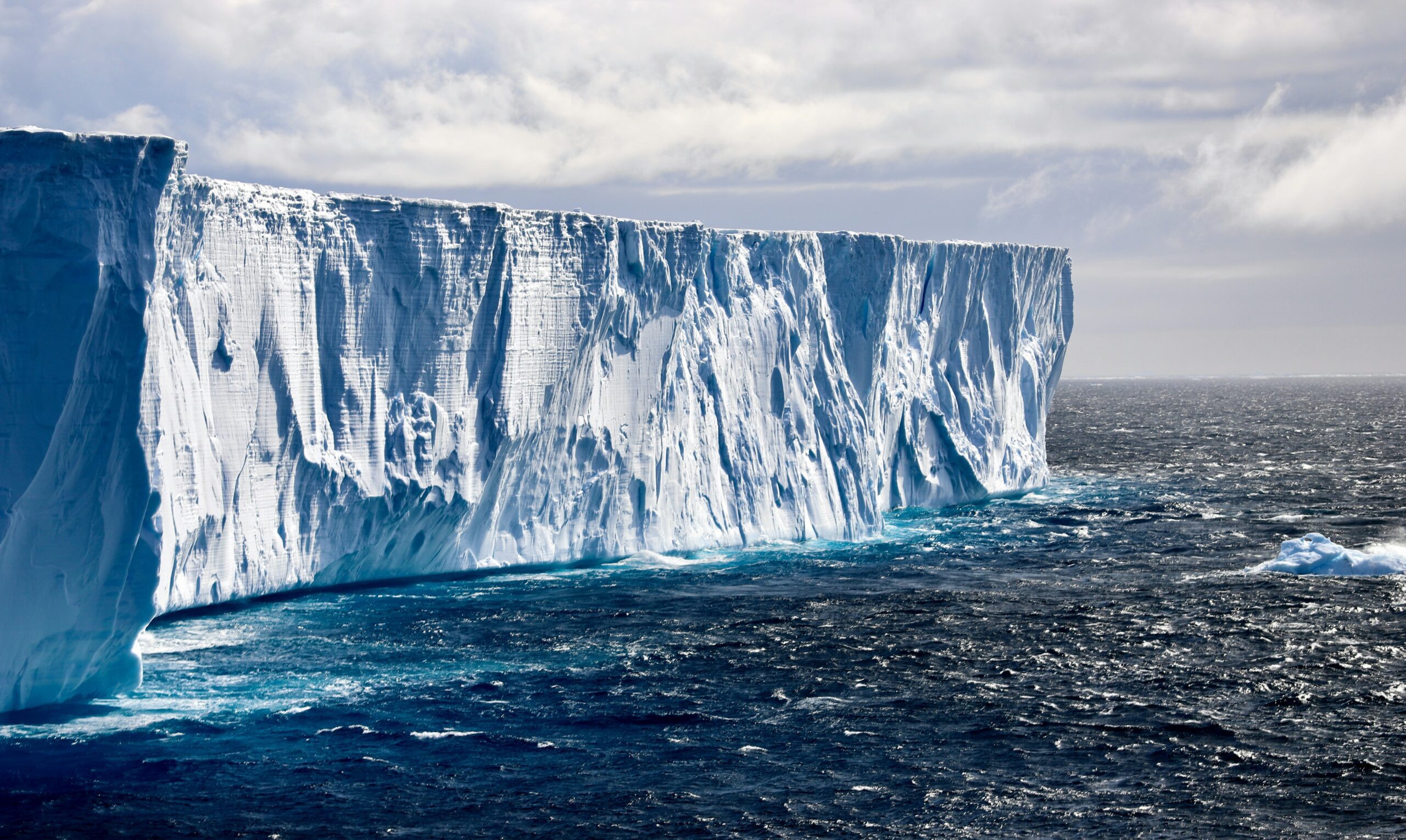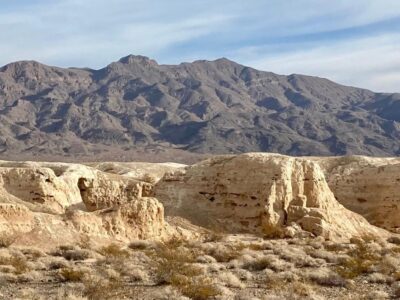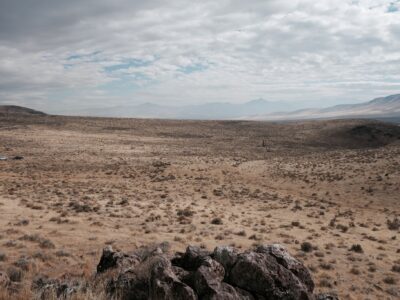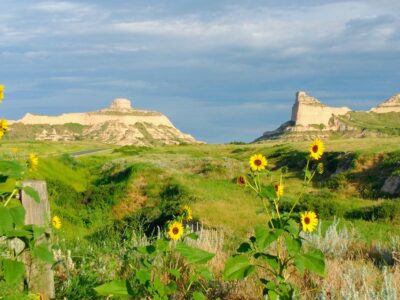Polar ice caps are receding, which is raising sea levels by multiple feet annually. Glaciers are melting after forming thousands of years ago, especially as water temperatures warm. Antarctica is dealing with this problem now, as satellite images from NASA show a massive crack in the Pine Island Glacier more than once. Pine Island contains more than 5% of the Antarctic ice sheet and flows with the Thwaites Glacier.
According to a visual created by NASA, Antarctica is shedding ice faster than it can replace it. Nearly 150 gigatons (150 billion metric tons) of ice have receded annually from 2002 to 2023, and global warming is almost entirely to blame for such massive losses.
There are also reports Antarctic sea ice reached its maximum winter extent in September with 6.5 million square miles, a record low. Carbon reduction efforts won’t be enough. To save Antarctica’s glaciers the private sector and academia are working together.
Photo Courtesy NASA
A University of Cambridge research group has an idea to protect the glaciers from further meltdown: block warm waters from flowing into Antarctica. The idea is to wrap a 62-mile-long metal curtain (100 km) around the Pine Island and Thwaites glaciers, moored to the Amundsen Sea. John Moore, a glaciologist at Lapland University, proposed the Seabed Curtain project and is working with Cambridge scientists to make it a reality.
The giant metal sheet would contain a ballast to keep it just below or above the water line. A pipe with holes drilled in it would pump air that would rise back to the surface, away from the glaciers.
According to Shaun Fitzgerald, director of the Center of Climate Repair at the University of Cambridge, many factors still need to be considered. He told The Guardian that salinity would need to be examined to determine how water flow is affected and which material to use. Moore said tests are scheduled to be carried out on the River Cam in the United Kingdom, and then the team might build a prototype curtain in a Norwegian fjord.
Photo Courtesy University of Lapland Arctic Center
Moore and other scientists working on the project have signaled the Antarctic is approaching the 11th-hour threshold. Losing these two glaciers would be catastrophic. If they melted, the sea level would rise by nine feet (three meters), drowning some island nations.
An innovative solution to the warming problem is becoming increasingly necessary. The Antarctic ice sheet has been shrinking faster every year since the 1990s
. If the entire Antarctic sheet melts, the sea would rise five meters. Several coastal cities would be underwater. Global decarbonization efforts could slow the rate of ice shrinkage, but it would take a lot of geopolitical agreements with oil-rich nations.
It leads to the next big question: What sort of international law and red tape would the Seabed Curtain team face if they go through with this project? The Antarctic shelf is protected under the Antarctic Treaty of 1959. The treaty, brokered by the U.S., was signed by Argentina, Australia, Belgium, Chile, France, Japan, New Zealand, Norway, South Africa, the Soviet Union, the U.S., and the U.K. That grew to 33 nations after it was renegotiated several times in the 1990s.
As of 2023, 56 countries have signed the latest version. The law prohibits mining, oil drilling, establishing military bases, and performing nuclear tests in Antarctica. The Antarctic Treaty Secretariat, the governing body that enforces the treaty, is headquartered in Buenos Aires.
Photo Courtesy Wikimedia
The continent is declared an international scientific landmark, and no country can claim sovereignty. Thus, many multinational research groups opened outposts on the ice sheet to conduct polar research and study the ice cores to understand early life on Earth. The Seabed Curtain project could move ahead without pushback from the international community.
If this curtain is successful, it could lead to similar strategies implemented in the Arctic and Greenland, where the ice shelf is also melting rapidly. Satellite images show a grotesque loss of glacial mass in Greenland, some of which have existed for thousands of years. Unlike Antarctica, Inuit Tribes use the ice for hunting and fishing grounds. A loss of ice would cause a massive food insecurity problem for these communities and the animals that call the ice shelf home.
Because of climate change, parts of the polar areas are also becoming more hospitable for plant life. A type of moss is growing across the continent, serving as a terrestrial carbon sink. While that may not seem too concerning, Cambridge scientists went through 150 years of Antarctica recordings and found that the last 50 years had the highest yield of snow moss algae. Antarctica is slowly changing into a green land.
One more piece of information to consider is natural water storage. According to the National Snow and Ice Data Center, the Antarctic and Greenland sheets contain 99% of the world’s freshwater ice.
These glaciers naturally filter our water, and the resulting currents bring icebergs into colder freshwater; we need them to survive.
It will be years before a curtain is ready, but Seabed is working against the clock. They know they need to get to work now.
“Certainly, this is not going to be something that will be completed in a hurry,” Moore said to The Guardian. “It will take many years. On the other hand, we do need to start planning now.”





